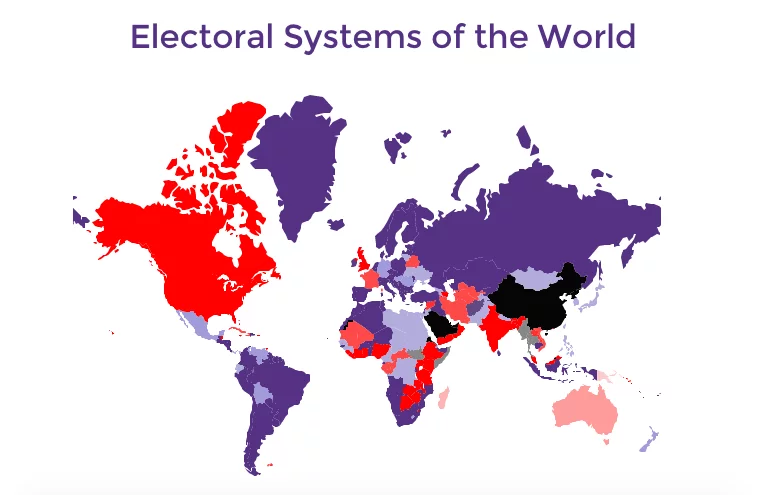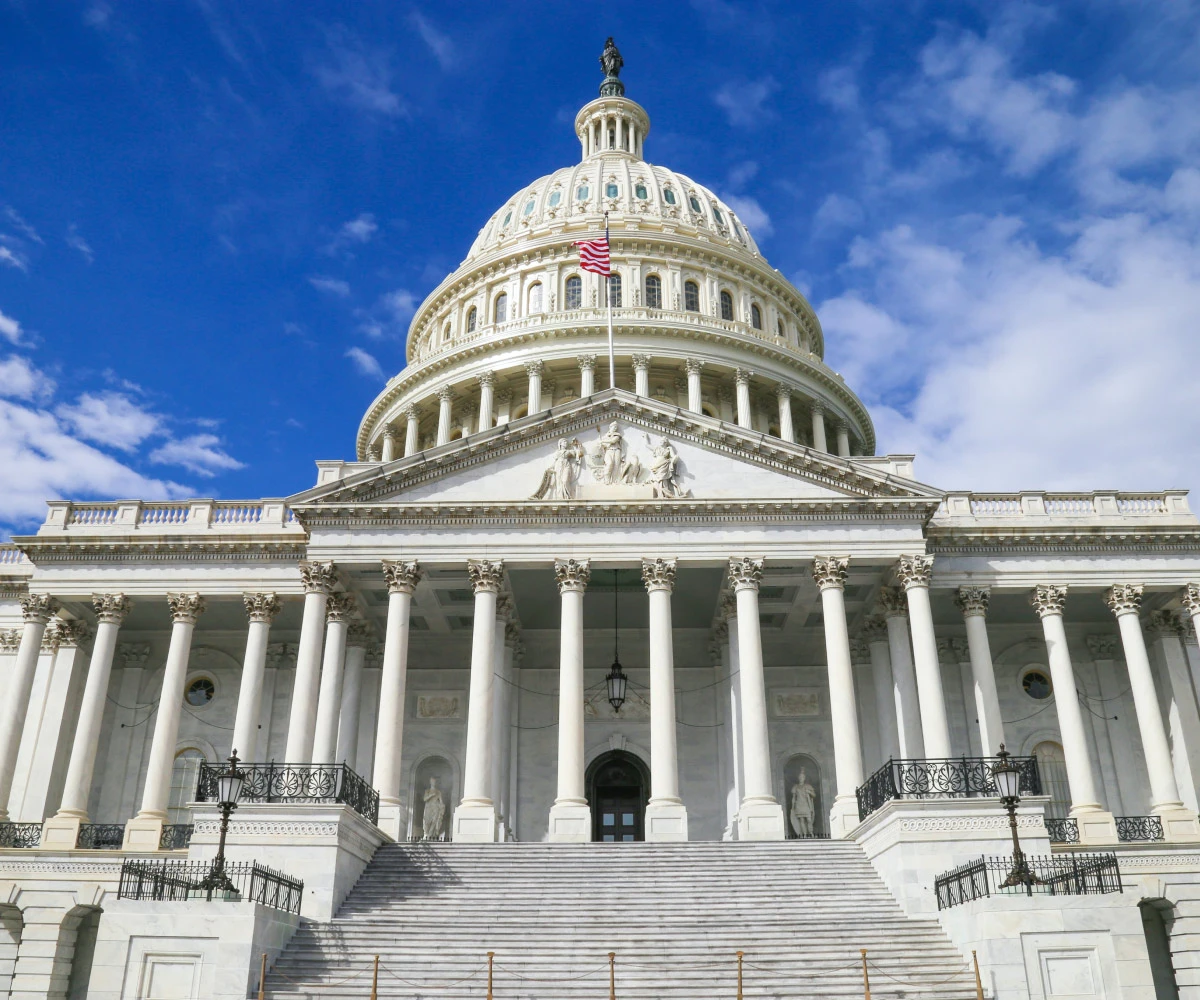Electoral Systems and Political Outcomes - A Crucial Connection
Explore how electoral systems impact political outcomes. Learn about the significance of electoral processes and their influence on government formation and representation.

The Role of Electoral Systems in Shaping Political Outcomes
In the realm of politics, electoral systems serve as the fundamental framework through which citizens express their preferences and elect representatives to govern their nations. These systems are not mere bureaucratic procedures; they are powerful instruments that shape the very fabric of a nation's political landscape. The role of electoral systems in shaping political outcomes is a complex and multifaceted one, influencing everything from the composition of legislatures to the behavior of political parties and the representation of minority voices. In this blog post, we will explore the crucial role electoral systems play in shaping political outcomes and delve into the various ways in which they impact the democratic process.
Types of Electoral Systems
Before delving into their impact, let's briefly outline some of the most common electoral systems used around the world:
First-Past-The-Post (FPTP): In this system, the candidate with the most votes in a single-member constituency wins. It is often criticized for favoring larger parties and leading to a lack of proportional representation.
Proportional Representation (PR): PR systems aim to allocate seats in proportion to the votes received by each party. There are various PR models, including closed-list, open-list, and mixed-member PR systems.
Mixed-Member Systems: These systems combine elements of both FPTP and PR. Voters typically cast two votes, one for a local representative and another for a party. This allows for a degree of proportional representation while preserving geographic ties.
Single Transferable Vote (STV): STV is a preferential voting system that is often used for multi-member constituencies. Voters rank candidates in order of preference, and candidates must meet a predetermined quota to be elected.
The Impact of Electoral Systems on Political Outcomes
Representation of Political Parties:
FPTP tends to favor larger parties, as smaller parties struggle to win seats unless they have concentrated support in specific constituencies.
PR systems encourage the proliferation of smaller parties, as they can secure representation with a smaller share of the vote.
Mixed-member systems strike a balance, allowing both larger and smaller parties to coexist.
Majority vs. Minority Governments:
FPTP often produces majority governments, as the winning party can secure a significant number of seats with a minority of the popular vote.
PR systems are more likely to result in coalition governments, as no single party usually wins an outright majority.
Mixed-member systems may produce majority or coalition governments, depending on the electoral dynamics.
Voter Behavior:
FPTP encourages strategic voting, where voters may cast their ballots not for their preferred party but against the party they most want to prevent from winning.
PR systems generally lead to more sincere voting, as voters can support their preferred party without worrying about wasting their vote.
Geographic Representation:
FPTP prioritizes geographic representation, as each constituency elects a local representative.
PR systems can lead to a disconnect between representatives and their geographic constituencies, as candidates are often selected from party lists.
Mixed-member systems attempt to balance geographic and proportional representation.
Inclusivity and Minority Representation:
PR systems are generally more inclusive and better at ensuring minority groups are represented in legislatures.
FPTP can result in the underrepresentation of minority voices, as smaller parties struggle to gain a foothold.
Mixed-member systems aim to strike a balance between inclusivity and geographic representation.
Political Stability:
FPTP can provide stability through majority governments, but it may also lead to winner-takes-all scenarios.
PR systems often foster greater compromise and political stability through coalition governments.
Mixed-member systems attempt to combine elements of both stability and compromise.
The Consequences of Electoral Systems
Beyond the immediate impact on election results, electoral systems have far-reaching consequences that affect the overall health of a democracy and the governance of a nation.
Accountability and Responsiveness:
FPTP systems tend to promote a clearer line of accountability, as voters can more easily hold a single representative or party responsible for the government's actions.
PR systems encourage coalition governments, which may lead to diluted accountability as responsibility is diffused across multiple parties.
Policy Making:
FPTP systems can lead to more polarized politics, as parties aim to distinguish themselves from their competitors to win a majority.
PR systems often require parties to find common ground and build consensus, leading to more moderate policy-making.
Efficiency vs. Inclusivity:
FPTP systems can result in more efficient decision-making due to the strong mandate of majority governments.
PR systems may prioritize inclusivity at the expense of swift policy implementation.
Regionalism:
In countries with diverse regions, electoral systems play a role in managing regional tensions. FPTP can lead to regional polarization, while PR systems may help bridge regional divides through coalition governments.
Voter Turnout:
The design of electoral systems can influence voter turnout. Complicated systems may deter participation, while more straightforward systems may encourage it.
Fairness and Representation:
The perception of fairness is crucial for democratic legitimacy. If citizens believe that their voices are not adequately represented, it can erode trust in the political system.
Adaptability:
Societies change over time, and electoral systems must be adaptable to evolving demographics and political landscapes. Some systems may be more resistant to change than others.
Electoral Reform
Given the profound implications of electoral systems, countries sometimes undergo electoral reform to better align their systems with democratic principles and evolving societal needs. These reforms can include changes in the type of electoral system used, the size of constituencies, or the threshold for representation.
Electoral reform is a complex process and is often accompanied by debates, as it involves trade-offs between various democratic values. For example, a country seeking greater stability might transition from PR to FPTP, while another seeking more inclusivity might move in the opposite direction.
The Ongoing Debate
The role of electoral systems in shaping political outcomes remains a topic of ongoing debate among political scientists, policymakers, and citizens. There is no one-size-fits-all solution, as the effectiveness of an electoral system depends on the unique circumstances and objectives of a country.
Ultimately, the choice of an electoral system is a crucial decision for any democracy. It defines how power is distributed, how political parties operate, and how well the system represents the diverse voices of the population. As societies continue to evolve and new challenges arise, the debate over electoral systems will continue, shaping the future of democracy in a dynamic and ever-changing world. It underscores the importance of an informed and engaged citizenry in ensuring that electoral systems serve the best interests of the people they are meant to represent.
What's Your Reaction?












